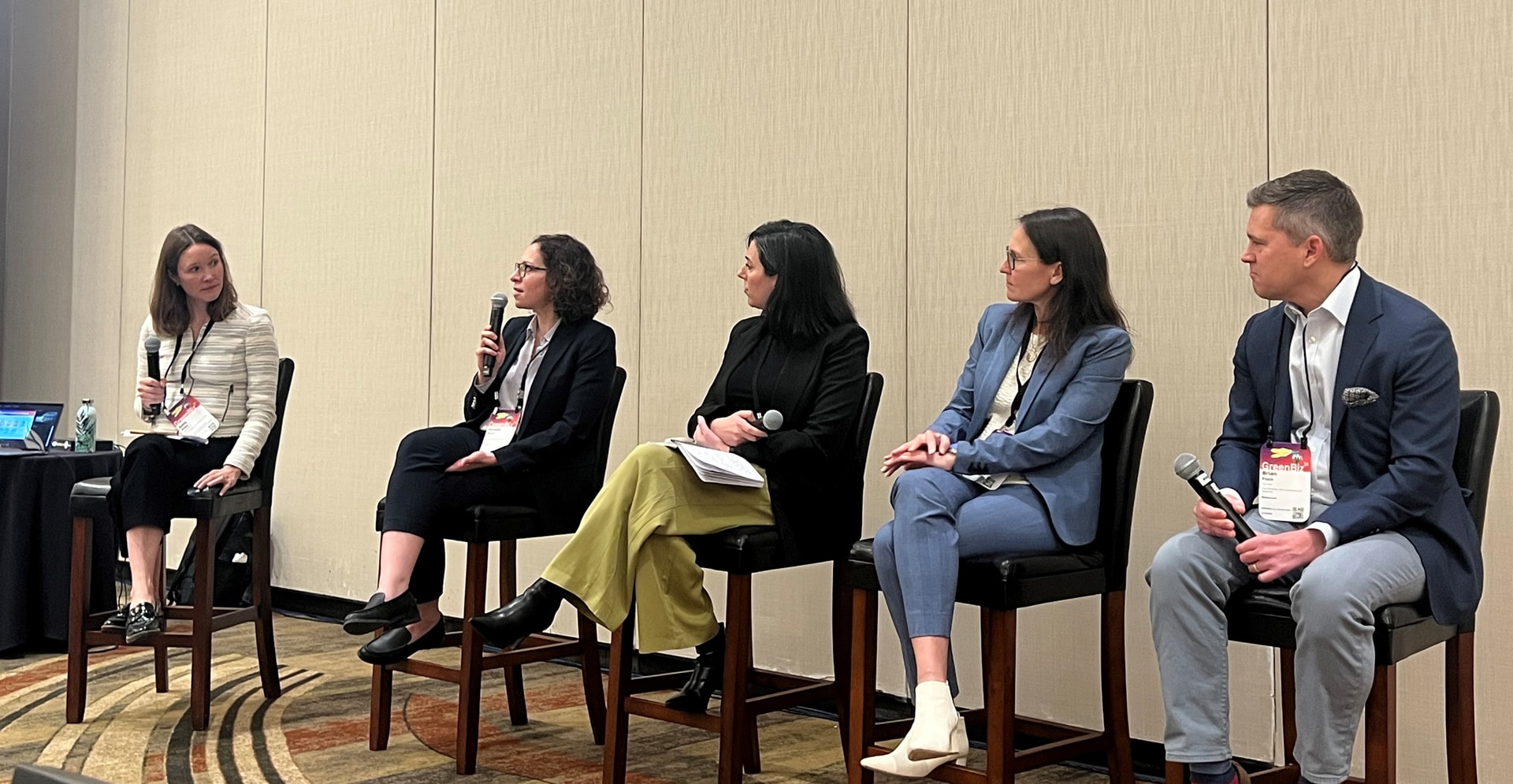Every year, thousands of experts from various sectors gather to share ideas and best practices for creating a greener work culture and environment. My team and I were able to represent Arcadis as one of the over 3,000 attendees at this year’s GreenBiz 24, a sustainability conference for leaders seeking innovative, long-term business solutions. During this two-day event, we weighed in on one of the most pivotal green policies for large enterprises.
Transparency in global sustainability
Along with other speakers, I shared my thoughts at the panel discussion on the EU’s Corporate Sustainability Reporting Directive (CSRD). This policy mandates large companies to report their social and environmental information, allowing investors and stakeholders to assess their impact on people and the environment. Financial risks and opportunities can also be evaluated based on the companies’ sustainability practices.
The CSRD has led to a significant increase in the number of companies reporting, from 11,000 to over 50,000, including several US businesses. This growth is promising, as more industries around the world are driven to contribute to a business landscape that’s friendlier to nature and people.

Planting the seeds of change
Amid rejuvenating activities including an early-morning hike, we participated in discussions from thought leaders on some key transformative principles:
Getting decarb done — Investing in renewable energy, carbon capture and offsets is a great first step toward reaching net-zero goals. However, we need to look closer at challenges surrounding policy alignment, stakeholder engagement and data quality to ensure these goals are met.
Regenerating nature — We can help address climate-related issues with initiatives to restore natural capital such as forests, wetlands, and coral reefs. Regenerative agriculture and green infrastructure are also projects worth looking into. In the long run, these can lead to social and economic benefits, including job creation, food security, and better health.
Transforming value chains — Designing a supply chain to achieve sustainability begins with aligning values not only within operations, but with partners and suppliers. To do this, we must integrate circularity, resilience, and inclusivity into our business models.
Leading change — Sustainability leadership goes beyond setting goals and strategies; it also inspires and empowers others to act. By communicating effectively, building trust, fostering a culture of learning, and embracing diversity, equity, and inclusion, we can equip ourselves with the means to create better lives not just for our organization but also for the communities around us.
In the spirit of promoting hands-on solutions, we also joined workshops such as: the best practices in reporting scope 3 emissions; reducing infrastructure emissions; climate science and change; and circular economy ideation. These activities, punctuated by visits to an aeroponic food farm, desert bird hub and the Rio Salado Habitat Restoration Area, helped us better appreciate the conditions that benefit from sustainable support from companies. More importantly, they encouraged us to keep thinking outside the organizational box to develop better strategies in aligning business and environmental needs.
From voices to choices
Every day, new opportunities emerge for creating more sustainability-friendly changes in workplaces all over the world. By advocating for these changes in spaces dedicated to protecting the environment, industries can inspire brands to adopt creative and long-term strategies. In doing so, businesses can help more communities thrive on a greener planet, one policy update at a time.






